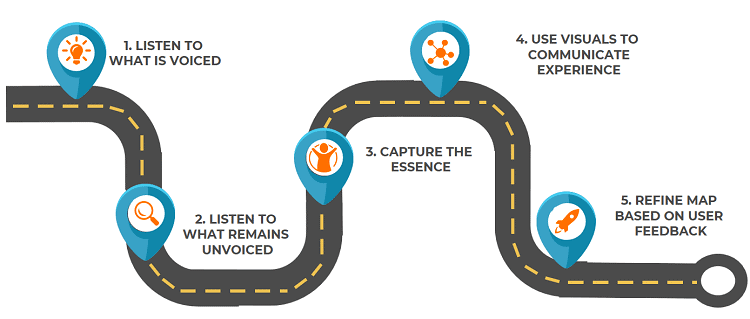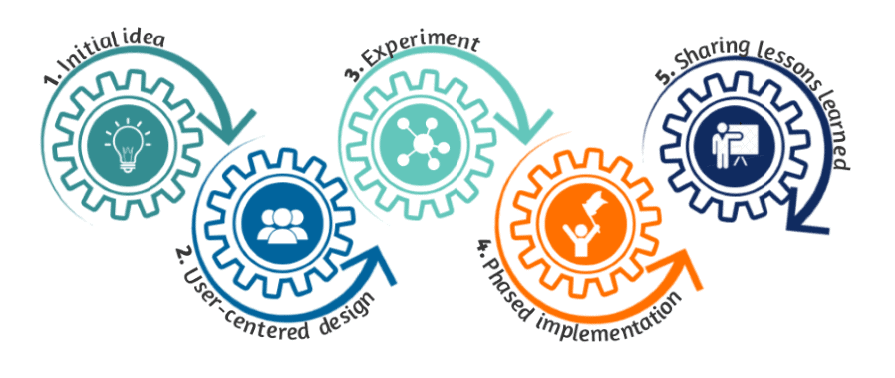The Cost-Benefit of a Human-Centered Solution

The Federal Aviation Administration’s En-Route Automation Modernization (ERAM) program is an Air Traffic Control system that enhances route request processing and in-flight route changes. To function, 20 en-route centers must interact and share real-time weather, aeronautical, air traffic control, and relevant data. In 2010, the ERAM National User Team (NUT) was formed to create shared understanding and documentation for ERAM Air Traffic needs for new or changed Air Traffic operational software requirements. The NUT consists of one management and one National Air Traffic Controllers Association (NATCA) representative from each Air Route Traffic Control Center (ARTCC) for a total of forty team members.


The Opportunity
With 20 en-route centers across the country, each with their own set of software requirements, the ERAM program faced challenges related to integration and communication. The National User Team (NUT) was formed to encourage collaboration of the 20 sites but lacked organization and oversight. As a result, Evans was enlisted to cultivate the National User Team, re-engineer the stakeholder engagement requirements process, and quantify the financial benefit of the Team’s work.


Evans’ Human-Centered Approach
Evans leveraged its combined technical expertise and human-centered principles to conduct a cost-benefit analysis of the NUT. The data used for the analysis was based on 113 issues (potential new or changed Air Traffic requirements) out of approximately 160 documented team issues over 3 years.
The issues were divided by the team into the following sub-groups:
1 – the team determined the issue did not require a software solution. This translated into a direct cost savings of the estimated software lines of code, based on the assumption that without the work of the NUT the software change would have been otherwise implemented. Often the NUT can identify non-software solutions (such as procedural work-arounds, mitigations, or locally implemented adaptation solutions), or through dialog determine that a proposed change is ultimately not required.
2 – the team recommended a solution of lesser scope, calculated as reduced total software lines of code, which represented a cost savings from the original software lines of code estimate; the data demonstrated that this could range from a 25 to greater than 50 percent reduction from the initial software estimate.
3 – a major system improvement which represented correcting an issue that was impeding deployment of the system.
The team used a consensus-based decision-making model which ensured the chosen solutions were appropriate for all sites.


The Lasting Impact
By applying a conservative estimate of cost savings to issues where technology improvements or fixes were ultimately deemed unnecessary, a total savings of approximately $3.5M (or $10.5M over the past 3 years) was revealed. Moreover, the work of the NUT yielded additional cost savings beyond this figure for non-prime contractor and FAA resources based on the reduced software work described above. Delivering less software reduced engineering efforts, reduced testing needs, simplified training products and associated program office costs (managerial, labor, travel and overtime necessary to support the cost of controllers as subject matter experts for ERAM design and deployment activities).
- Reduced error rates, re-work, and complaints
- Improved quality of product
- Chosen solutions acceptable to all sites
- More accurate requirements
- Capacity for greater information sharing
- Lower costs for future projects through shared processes and valuable knowledge
- Increased user involvement, participation, contribution and transparency
The team’s work provided the above benefits with every work product. While it was more difficult to place an exact figure on these benefits, it is clear there were large cost savings garnered from developing a product that worked for all users, was accurately defined, and was completed correctly the first time.





